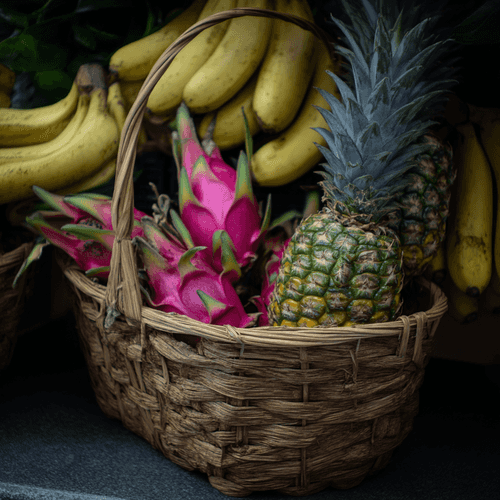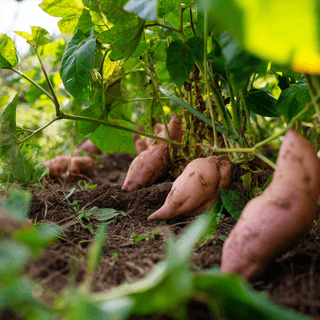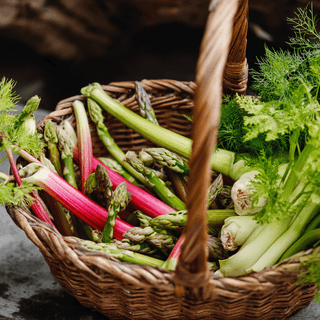Tuber vegetables : complete list & guide
Tuber vegetables are a group of edible plants whose tubers — enlarged, nutrient-storing underground stems or roots — are consumed as food. Tubers store energy in the form of starch and serve as a major food source in many cultures. Common examples include potato, sweet potato, yam, cassava, taro, Jerusalem artichoke, oca, and yacón.

List of all tuber vegetables

Potato

Sweet potato
What to know about tuber vegetables ?
Master these fundamental concepts to become a successful gardener.
Name origin
From Latin “tuber,” meaning swelling or lump
Botanical classification
Various plant families; tubers may be stem or root modifications
Vegetable structure
Enlarged underground stem (e.g., potato) or root (e.g., sweet potato) that stores nutrients
Tuber vegetables in details
Tuber vegetables have played a crucial role in human diets for thousands of years, providing reliable sources of energy and nutrients across the globe. There are two main types: stem tubers (such as potato and Jerusalem artichoke) and root tubers (such as sweet potato, cassava, and yam). These vegetables are generally high in carbohydrates, especially starch, and are important for food security in many regions.Major tuber vegetables include potato, sweet potato, yam, cassava, taro, Jerusalem artichoke, oca, mashua, yacón, and others. Each tuber has unique culinary uses: potatoes are boiled, baked, or fried; sweet potatoes are roasted or mashed; cassava is processed into flour or tapioca; taro is used in soups and desserts; Jerusalem artichoke can be eaten raw or cooked. Some, like oca and yacón, are traditional Andean crops with growing popularity worldwide.Tuber vegetables are adaptable and can be grown in a range of climates, from temperate to tropical. They are typically planted in spring and harvested after the plant’s foliage dies back. Their underground growth helps protect them from drought and pests, making them resilient crops. In addition to being staple foods, tubers are also used for animal feed and in the production of industrial starch and alcohol.
Related vegetable types

Root vegetables
